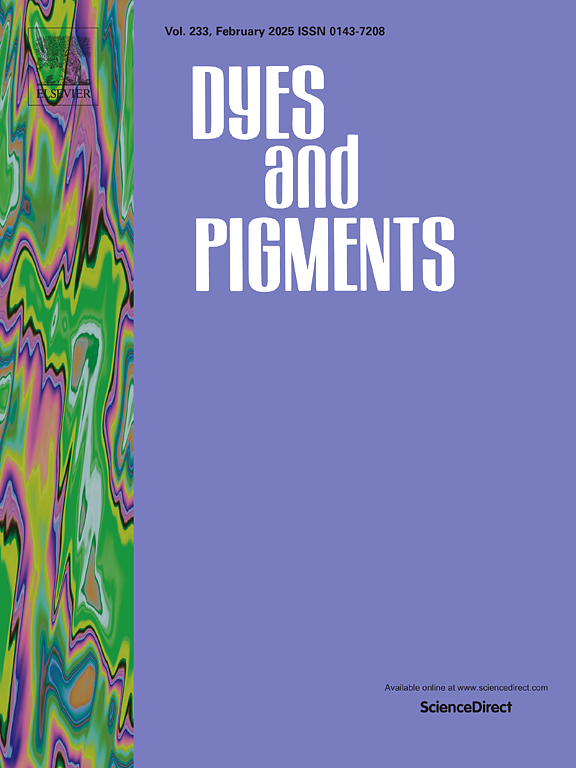Indirubin-incorporated biodegradable PHB microbeads and its application for functional facial cleanser
IF 4.1
3区 工程技术
Q2 CHEMISTRY, APPLIED
引用次数: 0
Abstract
In this study, we report the production of biodegradable microbeads using the poly [(R)-3-hydroxybutyric acid] (PHB) polymer. To introduce functionality, we engineered Escherichia coli strains to produce biodegradable PHB by expressing indole oxidase, enabling the synthesis of biodegradable polymers containing either indigo or indirubin. The formation of indigo or indirubin or both is dictated by the symmetrical or asymmetrical dimerization of oxidized indole products, which depends on the specific oxidation position. To increase the content of indirubin—a compound with known anticancer properties—relative to indigo (commonly used as a dye for denim), isatin was supplied during synthesis. This approach yielded indirubin-PHB biodegradable films with enhanced indirubin content. Furthermore, during the film fabrication process, photodegradation of indigo was induced, further enriching the relative indirubin content ratio. Using these indirubin-PHB films, biodegradable microbeads with diameters below 200 μm was successfully produced. Characterization of these microbeads confirmed the incorporation of indirubin, resulting in functional biodegradable microbeads. Finally, a prototype facial cleanser containing indirubin-PHB microbeads was developed, suggesting the potential of these eco-friendly microbeads as cosmetic ingredients for future applications.

求助全文
约1分钟内获得全文
求助全文
来源期刊

Dyes and Pigments
工程技术-材料科学:纺织
CiteScore
8.20
自引率
13.30%
发文量
933
审稿时长
33 days
期刊介绍:
Dyes and Pigments covers the scientific and technical aspects of the chemistry and physics of dyes, pigments and their intermediates. Emphasis is placed on the properties of the colouring matters themselves rather than on their applications or the system in which they may be applied.
Thus the journal accepts research and review papers on the synthesis of dyes, pigments and intermediates, their physical or chemical properties, e.g. spectroscopic, surface, solution or solid state characteristics, the physical aspects of their preparation, e.g. precipitation, nucleation and growth, crystal formation, liquid crystalline characteristics, their photochemical, ecological or biological properties and the relationship between colour and chemical constitution. However, papers are considered which deal with the more fundamental aspects of colourant application and of the interactions of colourants with substrates or media.
The journal will interest a wide variety of workers in a range of disciplines whose work involves dyes, pigments and their intermediates, and provides a platform for investigators with common interests but diverse fields of activity such as cosmetics, reprographics, dye and pigment synthesis, medical research, polymers, etc.
 求助内容:
求助内容: 应助结果提醒方式:
应助结果提醒方式:


